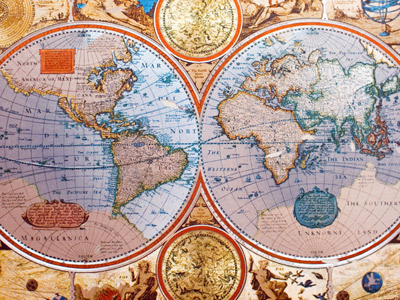
The Climate Over the Past Two Million Years
This Geography quiz is called 'The Climate Over the Past Two Million Years' and it has been written by teachers to help you if you are studying the subject at middle school. Playing educational quizzes is a fabulous way to learn if you are in the 6th, 7th or 8th grade - aged 11 to 14.
It costs only $12.50 per month to play this quiz and over 3,500 others that help you with your school work. You can subscribe on the page at Join Us
If you haven’t heard of climate change then you haven’t been listening in class, or to the news, or reading things on the internet, or reading things in general! I’m sure you’ll agree that there is a lot of information out there about climate change. Depending on where your information comes from, you either hear that climate change is going to be catastrophic for the planet or that it’s a media conspiracy intended to cause a panic.
However, science can use hard facts to examine the evidence of climate change. We can look at how things have changed over millions of years in the past to see if we can predict how the climate might be changing in the near future, and how that will impact us and our settlements and industry.
Before we can look at climate change we have to decide what actually is climate? The dictionary defines climate as 'the long term pattern of weather in a particular area'. We can examine things from millions of years ago but most syllabuses only expect you to know some of the changes over the past 2 million years. A geological time span known as the Quaternary Period.
During the Quaternary Period the climate has varied between times of glaciation, also known as ice ages, and interglaciations. The last ice age is generally considered to have ended between 12,000 and 10,000 years ago. Since then we have been going through one of the Earth’s warmest periods. The difficulty for scientists is to separate natural climate change, including global warming, from man-made impacts.
Ready for more?
not all...
quizzers. Try to win a coveted spot on our Hall of Fame Page.







